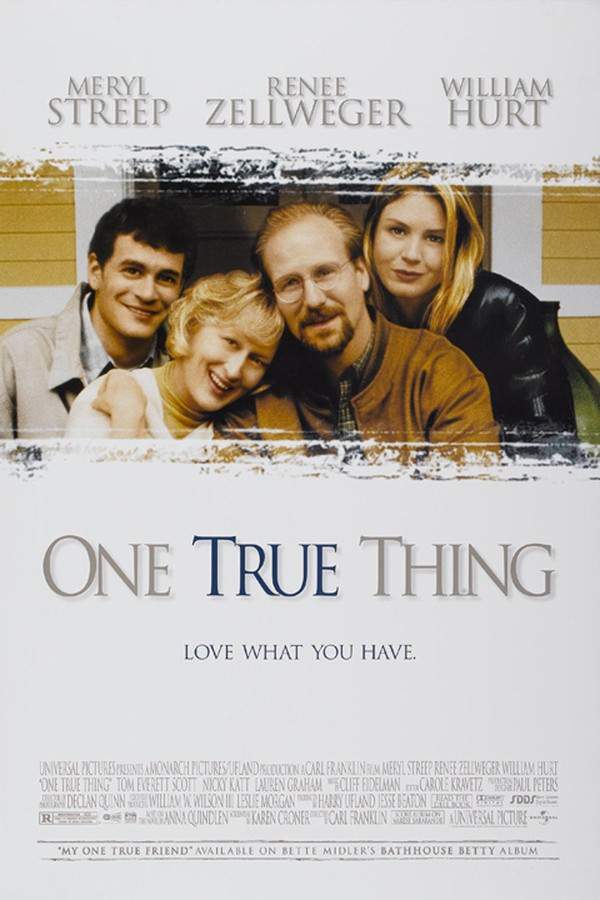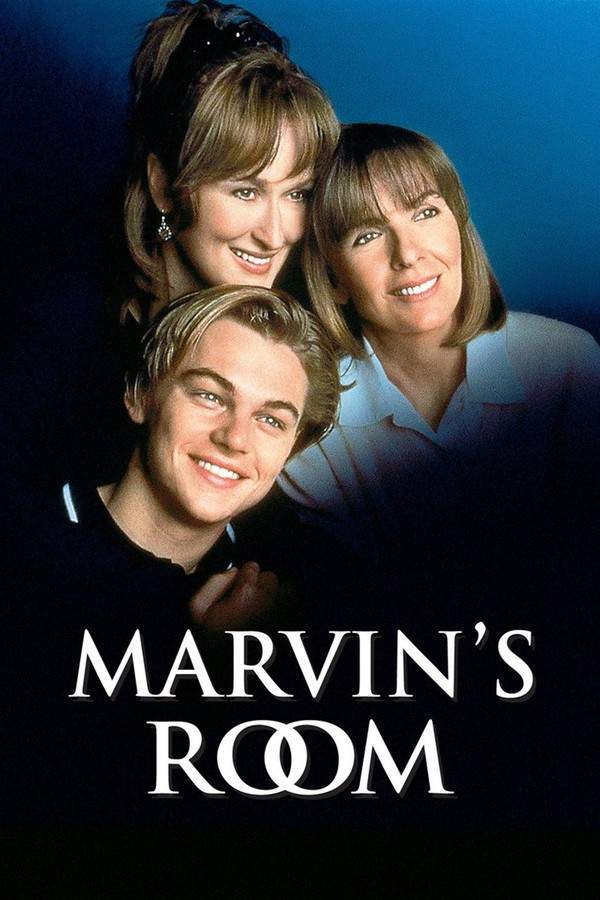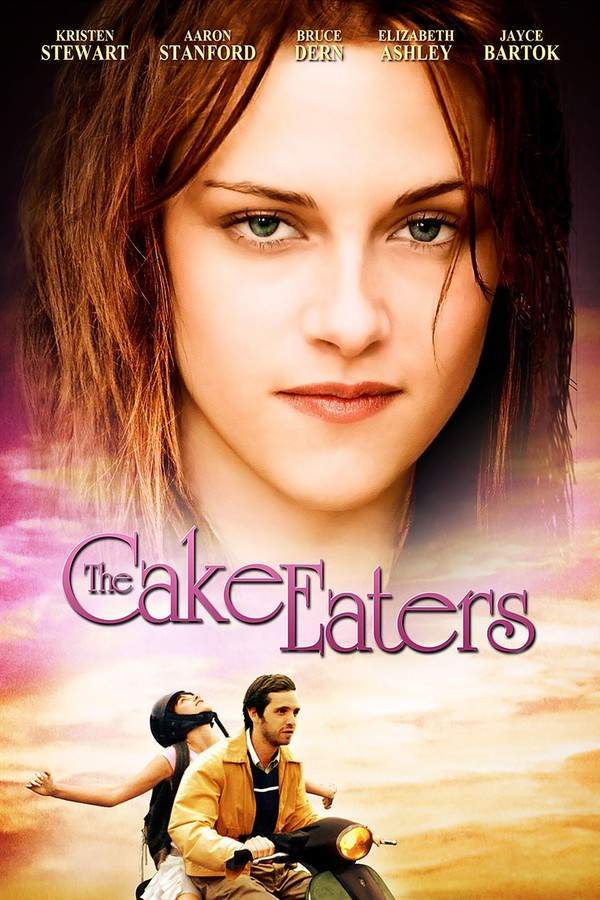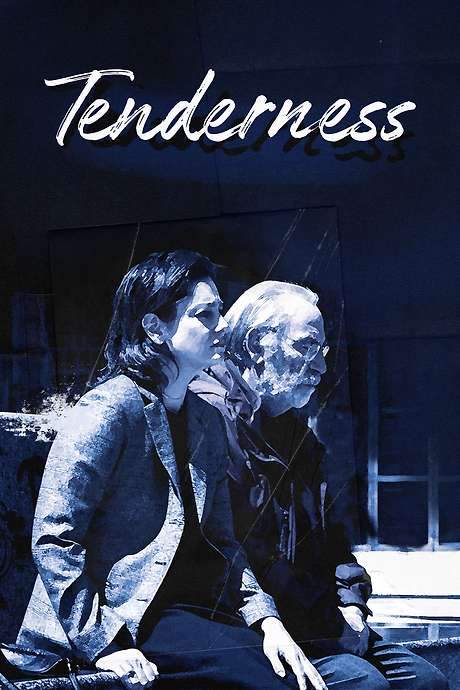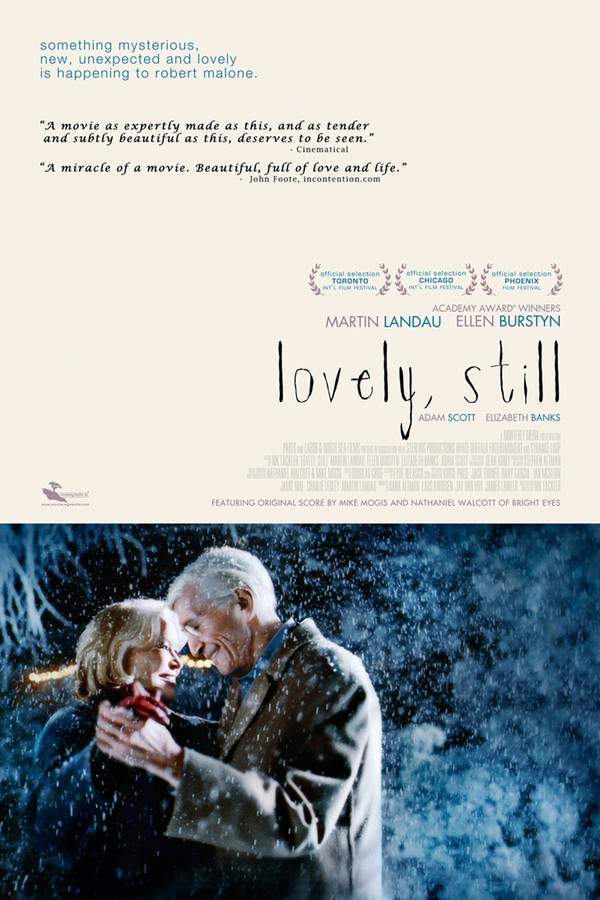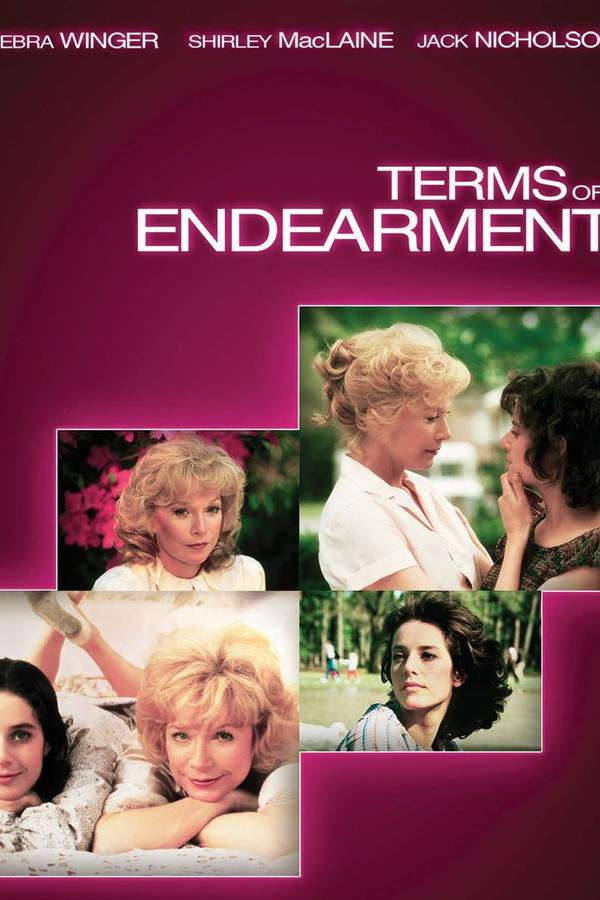
Things I Know to Be True
Year: 2017
Runtime: 118 mins
Language: English
Directors: Scott Graham, Geordie Brookman
A family grapples with shifting dynamics and unspoken truths as their adult children return home. Bob and Fran, the parents, have dedicated their lives to raising their four children, and now anticipate a time of relaxation. However, the changing seasons bring unexpected revelations that challenge their understanding of each other and their place within the family. The story explores the complexities of marriage and the struggle to forge individual identities separate from parental expectations, blending humor and heartfelt moments with striking physicality.
Warning: spoilers below!
Haven’t seen Things I Know to Be True yet? This summary contains major spoilers. Bookmark the page, watch the movie, and come back for the full breakdown. If you're ready, scroll on and relive the story!
Things I Know to Be True (2017) – Full Plot Summary & Ending Explained
Read the complete plot breakdown of Things I Know to Be True (2017), including all key story events, major twists, and the ending explained in detail. Discover what really happened—and what it all means.
Things I Know To Be True centers on the Price family as they navigate love, memory, and the fragile ties that keep people connected even when they ache to change. At the heart of it are Bob Price and Fran Price, a long-married couple whose decades together are tested by the messiness of everyday life and the weight of unspoken truths. Their children push and pull at the family’s foundations, each bringing their own struggles and hopes into a living room full of questions about what it means to stay together when the ground feels unsettled.
Rosie Price opens the play with a raw, intimate monologue from a gap year in Europe, where a spontaneous fling in Berlin with a man named Emmanuel ends with theft and betrayal. The moment snaps Rosie back to the reality of home, a place where the promised safety of a family can sometimes feel more like a stage for old wounds than a sanctuary. The Berlin memory lingers, coloring how she sees love, trust, and risk as she returns to Adelaide and reenters the orbit of her parents and siblings with a renewed, if wary, voice.
As the family reconvenes, Pip Price makes a dramatic move that unsettles everyone: she leaves her husband and two children to start anew in Vancouver. Fran’s disapproval surfaces not only from the fear of losing family stability but from a history that hints at past betrayals. Pip’s decision shatters expectations and nudges the older generation to face a long-buried ache from their own upbringing, while Rosie’s homecoming becomes a crucible for old loyalties and new resentments. Pip’s arc gradually unfolds through a letter she writes to Fran, a missive that forges a fragile emotional bridge after a childhood that teetered on the edge of harm but never fully healed.
Mia Price—formerly known as Mark Price—emerges as a central, transformative presence when she comes out as transgender. Her plan to move to Sydney for hormone therapy marks a turning point for the family, a moment of truth that forces everyone to reconsider what gender means within the walls of their shared history. This revelation shifts the dynamics in unpredictable ways, not least for Fran, who grapples with acceptance and the fear of losing a child to a future she hadn’t anticipated.
Meanwhile, the family’s younger generation adds its own layer of tension through Ben Price. Bob discovers a European car outside the house and inquires about the money behind it, which Ben explains came from hard work. The truth comes spilling out in a later confrontation: Ben has been skimming, a revelation that exposes a casual, dangerous appetite for money and risk that echoes through the household. The interplay between Ben’s choices and Bob’s attempts to guide him becomes a quiet but persistent thread, highlighting how parental discipline and trust can fracture under pressure and fear.
Amid these personal storms, Fran’s relationship with Bob is tested in quieter, intimate ways. Fran reveals she has been saving roughly $250,000 as a “get-out fund” for their relationship, a pragmatic and painful acknowledgment that after thirty years of marriage, love can coexist with fatigue and the urge for escape. She admits she once considered running away herself, but chose to stay for the sake of their children. The plan morphs into a dream shared between them: a possible trip to Kruger National Park, a symbol of escape and renewal. Yet the couple’s chance for a life-altering getaway never materializes, lingering as an unspoken wish that underscores how couples negotiate unmet desires.
As these currents churn, tragedy quietly lands at their doorstep. Fran’s life is cut short by a car crash, and she dies on arrival, never fully reconciling with Mia, never emotionally connecting with Pip in person, never forgiving Ben, and never boarding that hopeful journey to South Africa with Bob. The loss reverberates through the family, testing what remains of their bonds and forcing each member to reckon with the gaps Fran leaves behind. In the final pages, the children return to Adelaide to honor Fran, gathering for her funeral and to face the future without the steady presence that once anchored them.
This story unfolds with a patient, observational tone, letting the family’s memories, regrets, and small acts of care illuminate a larger meditation on time, forgiveness, and the courage it takes to redefine family ties when everything you believed about them is challenged. It is a portrait of resilience, the messy but honest pursuit of connection, and the ways in which love endures even when it is tempered by disappointment, anger, and the ache of what might have been.
Last Updated: October 01, 2025 at 13:05
Explore Movie Threads
Discover curated groups of movies connected by mood, themes, and story style. Browse collections built around emotion, atmosphere, and narrative focus to easily find films that match what you feel like watching right now.
Intimate family dramas with heavy emotional revelations like in Things I Know to Be True
Stories where family secrets and identity crises surface at home.If you liked the raw, emotional exploration of family in Things I Know to Be True, you'll find similar movies here. These dramas delve into the complex relationships between parents and children, featuring themes of identity, grief, and the secrets that define a family. They share a heartfelt, somber, and reflective mood.
Narrative Summary
The narrative typically unfolds within the familiar setting of a family home, often triggered by a reunion or a crisis. It follows multiple perspectives as long-held secrets and personal struggles are revealed, challenging the family's foundation. The journey is one of confrontation, understanding, and often, mournful acceptance of change and loss.
Why These Movies?
These films are grouped together because they share a core focus on domestic life as a source of profound drama. They prioritize character depth over plot, feature ensemble casts, and deliver a powerful emotional impact through their exploration of universal themes like love, disappointment, and the difficult pursuit of individuality within a family.
Bittersweet melancholic stories of grief and resilience like in Things I Know to Be True
Hopeful journeys that are paved with profound loss and sadness.For viewers seeking movies like Things I Know to Be True that explore grief with a bittersweet and melancholic tone. These films often involve a tragic event that forces characters to confront their relationships and find a way forward, blending heavy emotional weight with a patient, reflective pacing and a ultimately sad but resilient ending.
Narrative Summary
The narrative is typically built around a central, tragic loss that acts as a catalyst. The story then follows the aftermath, examining how characters process their grief, grapple with regrets, and slowly, often painfully, learn to live with their new reality. The focus is on the emotional journey rather than a solution, leading to an ending that is somber yet suggests the possibility of continued life.
Why These Movies?
These films are united by their specific emotional blend: a high sadness score tempered not by happiness, but by a bittersweet, hopeful undertone. They share a slow, contemplative pace that allows the audience to sit with the characters' pain, and they prioritize emotional authenticity over dramatic resolution, creating a deeply resonant and cathartic viewing experience.
Unlock the Full Story of Things I Know to Be True
Don't stop at just watching — explore Things I Know to Be True in full detail. From the complete plot summary and scene-by-scene timeline to character breakdowns, thematic analysis, and a deep dive into the ending — every page helps you truly understand what Things I Know to Be True is all about. Plus, discover what's next after the movie.
Things I Know to Be True Timeline
Track the full timeline of Things I Know to Be True with every major event arranged chronologically. Perfect for decoding non-linear storytelling, flashbacks, or parallel narratives with a clear scene-by-scene breakdown.

Characters, Settings & Themes in Things I Know to Be True
Discover the characters, locations, and core themes that shape Things I Know to Be True. Get insights into symbolic elements, setting significance, and deeper narrative meaning — ideal for thematic analysis and movie breakdowns.

Things I Know to Be True Spoiler-Free Summary
Get a quick, spoiler-free overview of Things I Know to Be True that covers the main plot points and key details without revealing any major twists or spoilers. Perfect for those who want to know what to expect before diving in.

More About Things I Know to Be True
Visit What's After the Movie to explore more about Things I Know to Be True: box office results, cast and crew info, production details, post-credit scenes, and external links — all in one place for movie fans and researchers.




